What steps have you taken to improve your sustainability and cope with climate change?
Matías Bauza Moreno, Salentein’s PR and marketing director for luxury wines
Since its foundation, Salentein’s goal has been to produce wines that reflect the unique characteristics of the Uco Valley, with deep respect for the natural environment and the community where they originate, and a strong commitment to the people who make their production possible.
For us at Salentein, sustainability isn’t just a passing trend. It’s a commitment to respecting nature, preserving ecosystems, and protecting the environment. In the Uco Valley, nature is both our ally and our teacher, constantly challenging us.
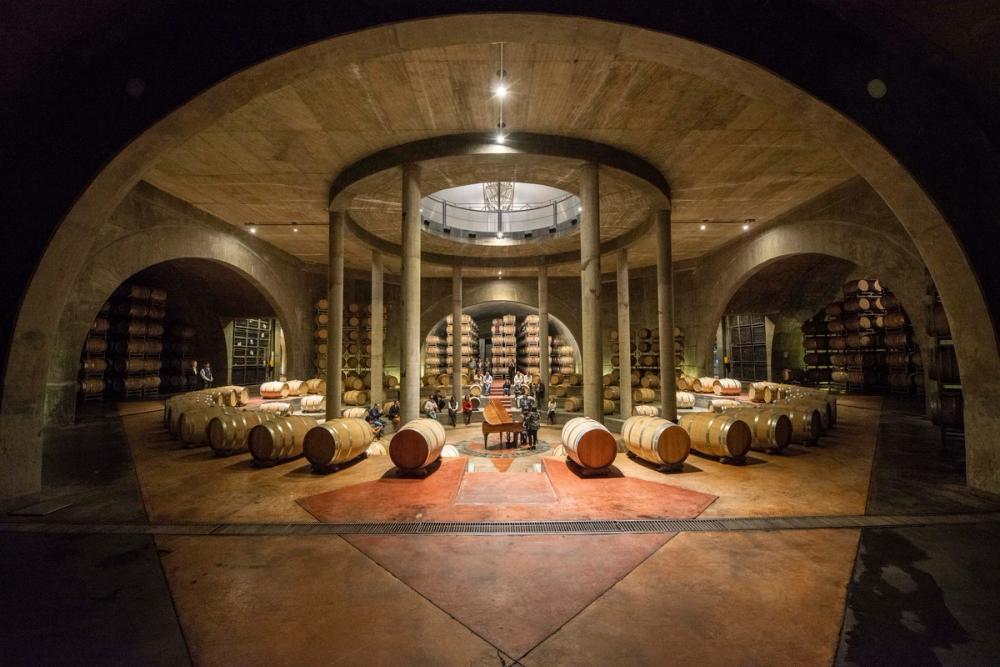
Salentein is setting sustainability standards with the work it is doing in the Uco Valley
To minimise our environmental impact, we continuously innovate and implement various sustainable practices, such as recycling 100% of our waste, producing compost, managing and reusing water efficiently, using renewable energy, and employing zero tilling across all our vineyards to preserve soil balance.
Since 1997, we’ve embraced regenerative agriculture to revitalise soils and promote biodiversity. We also provide logistical support, materials, and training to the two public schools in San Pablo. Additionally, we’ve rethought how we plant, positioning vineyards at strategic altitudes to maintain freshness and balance in our wines.
Cecilia Acosta, agronomist Grupo Avinea (including Otronia and Bodega Argento).
The first step was understanding what was happening in our vineyards related to the climate.
We started to analyse the meteorological data from each of our terroirs to assess any changes in the weather patterns. With over 10 years of diverse climate data such as temperature, rainfall, humidity, sun irradiation, wind speed, etc., we can characterize the current season and compare it with the previous seasons in our vineyards. The second step was to correlate this climatic data with the timing of the different phenological stages of each grape variety in all of our vineyards. This information allowed us to understand the effect of the climatic parameters on the vine’s annual cycle and compare it with the previous seasons. This information provides valuable information for our vineyard management practices, such as water and soil management.
In soil management, since 2018 we have been working with different types of cover crops, to prevent soil erosion, absorb excessive sunlight during summertime, and attract beneficial insects for our vines.
Juan Marcó, chief executive, Finca Decero
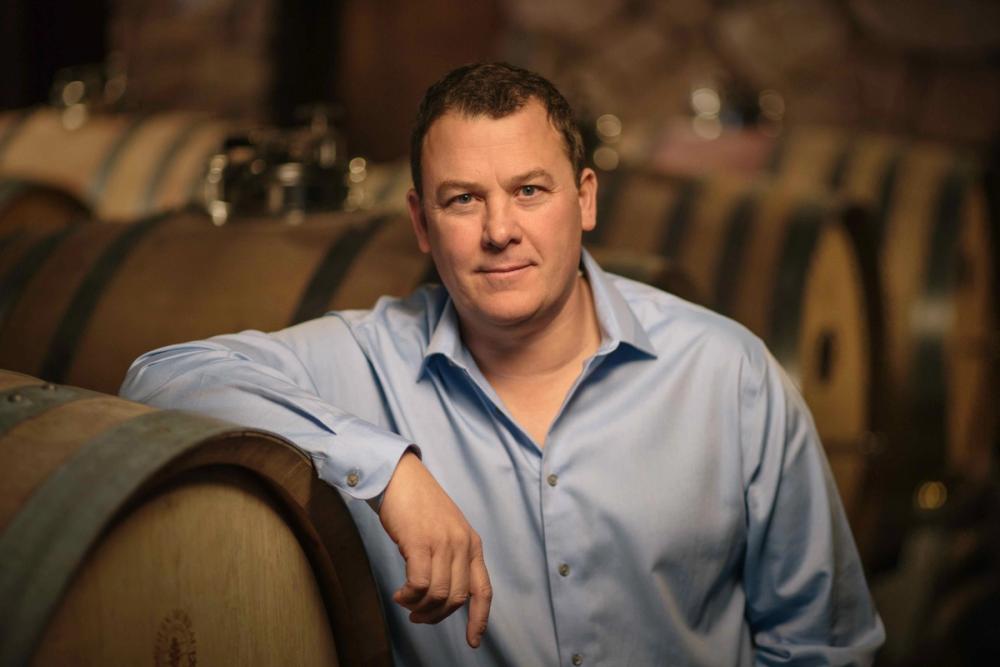
Finca Decero's Juan Marcó says the winery has implemented a number of new measures to tackle climate change
Over the years, this has been an important part of our agenda. On top of irrigating 100% of our vineyard using drip/highly efficient irrigation systems, there are plenty of other aspects that are part of this effort.
Just to name some of them: the use of very light bottles; soft use of ink in any of our dry goods (also 100% of any inked used is water soluble-vs. solvent); use of recycled paper (even for personal cards); replace paper in POP materials whenever possible; modification of some vineyard equipment to reduce use of any herbicide; water efficiency program.
Water used at the winery for cleaning is treated and re-used to irrigate Decero gardens, natural processes to reduce water DBO using special grasses planted in a dedicated field, light equipment used at our vineyard to reduce soil compaction and we cultivate green grasses in between rows to foster the development of the microflora/fauna and improve soil structure.
Martín di Stefano, viticulturist Familia Zuccardi
The main challenge we face with climate change is the lack of water. Viticulture in Mendoza is viticulture in a desert so we need to irrigate with meltwater from the Andes Mountains. So, our strategies are to find ways to use water more efficiently.
One is the search for rootstocks that are the most drought-resistant, to adapt to conditions of low water availability. We have been experimenting for many years with different rootstocks, types of planting, distance between plants and training systems to try to optimize this scarce resource in the soil.
And the other path is our work of designing parcels and vineyards focused on variations in soil type, which allows you to save water because you can irrigate and apply compost and other resources according to soil type. The water conservation is very significant. This also means the entire ripening process is more controlled, and we can avoid the impact of warm years.
Laura Catena, managing director Catena Zapata
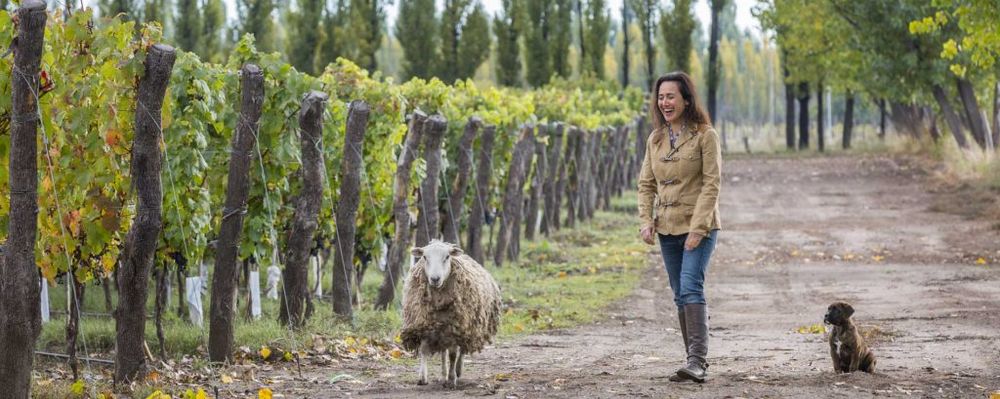
Laura Catena is proud of the work that Catena has done in setting guidelines and standards for the Argentine wine industry on tackling climate change
In 2010 the Catena Institute collaborated with Bodegas de Argentina to create the first sustainability code for Argentine wine which is used by hundreds of wineries today.
What is exciting about this collaborative effort is that we get to make changes on a large scale and to share our research on:
- Water management (reduce waste and improve efficiency)
- Bottle weight initiative
- Community support and how to stop the exodus from countryside to city.
- Vineyard management
- Alternative energies
Our main advantage in terms of climate change is that my father had the vision to plant at higher altitudes in his search for more elegant age-worthy wines.Today, these high-altitude mountain areas are in many cases not getting warmer, which is a mountain phenomenon.
However, reduced Andean water is an important issue.
Daniel Pi, wine director Bemberg Estate Wines
All the wine industry is committed to achieve the sustainability program designed by Bodegas de Argentina. We are also going in this direction using our programme based in the Sustainable Programme of California Wine Industry.
Regarding climate change, the most affected issue is the lack of snow during winter the mountains, and that is affecting the underground water table. So, we are applying more technology trying to save water. I believe this will be the challenge for the upcoming years.
In that sense, the Argentine wine industry is moving places where we can grow grapes using dry farming, like provinces in the east, closer to the Atlantic Ocean, where we have more rainfall than the traditional desertic areas of the western and Andean region.
We are also moving all new plantings to upper valleys to get cooler weather, in places where 10 to 15 years ago were not able to produce grapes, today are producing great quality wines. Biological corridors were maintained at El Tomillo Estate to avoid altering the natural course of the streams running through it. Agriculture was conducted without the use of herbicides, while promoting the development of native flora. The Bemberg Foundation contributed to improving the health conditions of the Gualtallary community through its efforts.
Juliana Bevilacqua, second winemaker and winery manager Bemberg Estate Wines
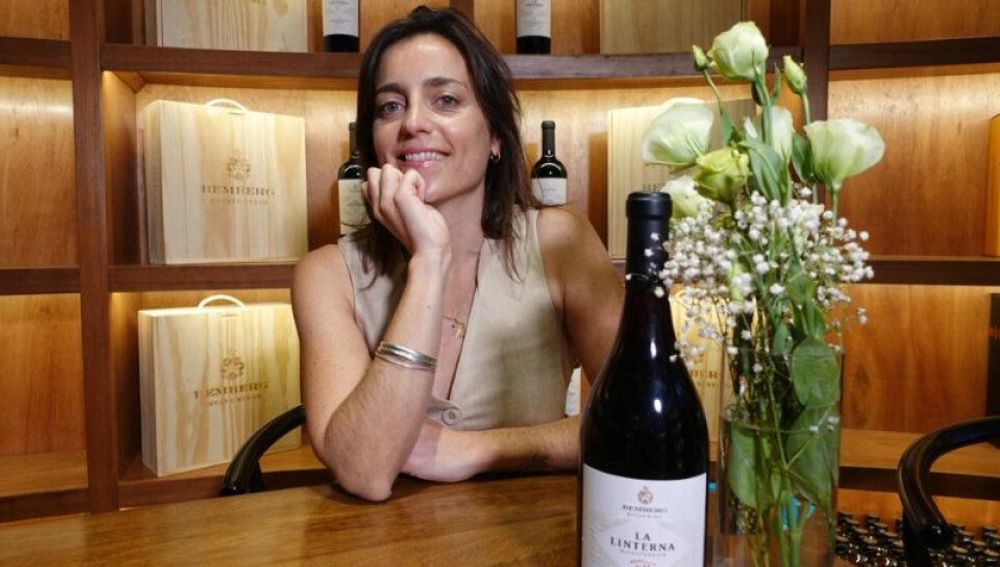
Juliana Bevilacqua says Bemberg ensures all its staff including cellar hands are following clear sustainability measures
Bemberg Estate Wines follows the sustainability protocol designed by Bodegas de Argentina.
Most of the winery was built to save energy, with sun tunnels that bring daylight into the cellar, making it not necessary to turn on the lights. In those cases where lights are needed, we employ energy-efficient LED bulbs. Every morning, one of the cellar hands records the reading in the flowmeter that measures the amount of water that we use in the winery. The winemaker gathers the data weekly and shares the info in meetings with the team, to be aware of the amount of water that is used and give suggestions as to how to lower it.
Awareness is also raised through frequent training of the whole team, covering topics such as the importance of lowering water consumption, reducing waste and recycling plastic, paper, cardboard, and glass. Cellar hands are encouraged to use the pressure washer instead of a regular hose to clean tanks and the floor, since due to the high pressure, the cleaning process takes less water. When the winery was built, an effluent treatment plant was designed to treat and purify wastewater before its discharge into the environment. This requires a person monitoring both pH and conductivity every day and taking corrective action if necessary.
In the vineyard, weeding is done late, once the weeds have spread their seeds. This favours the natural replantation of the multiple herbs that form part of the ecosystem. Both stems and grape pomace are composted. This is used as a fertilizer in the vineyard in those parts where the soil is poorer. When the vines were planted, the natural courses of rivers (which are now dry) we left unplanted.
The purpose of this was to avoid levelling the soils and to keep native fauna and flora. This, in turn, has a positive effect in the vineyard since as the native plants absorb heat and the overall temperature of the ambient is reduced.
Facundo Bonamaizon, agronomist, Chakana Winery
At Chakana we adopted organic and biodynamic practices across our estates over 13 years ago. The holistic approach of biodynamic and regenerative agriculture is vital for the future.
What have been some of the biggest challenges in exporting, and how are you overcoming them? Where are you seeing the most success?
Matías Bauza Moreno, Salentein
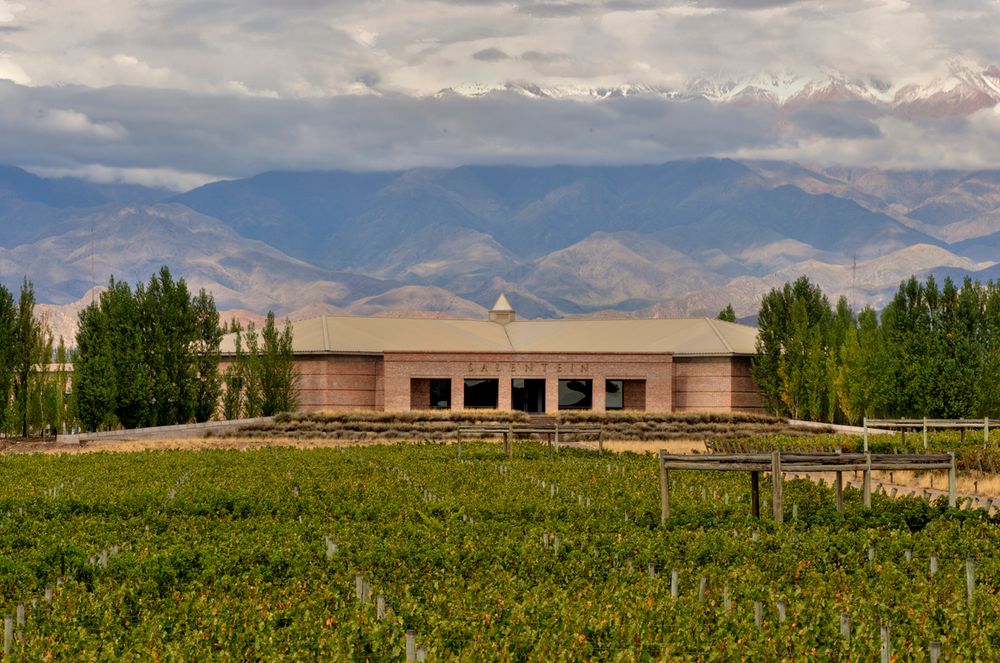
Salentein is working hard to build its exports and says it is enjoying success in the US and the UK in particular
The landscape for exporting Argentine wine is complex, with challenges ranging from the country’s macroeconomic instabilities to the lack of trade agreements and fluctuating regulations in international markets. However, resilience and adaptability have been key.
We’ve strengthened our commercial relationships and improved our communication to convey not only the consistent high quality of our wines but also the unique story behind each bottle. We’ve seen notable success in markets like the UK and the US, where consumers are seeking authenticity and value in every glass. Today, we continue to expand our horizons, bringing the soul of the Uco Valley to new frontiers.
Rafael Calderon, Grupo Avinea
The main challenge is to differentiate ourselves and capture the attention of a consumer increasingly interested in knowing what is behind each bottle. We work hard on this point through organic and fair-trade wines from our own estates located in the best sub-regions of Mendoza and the extreme Patagonia. Our philosophy is to create a premium wine portfolio with a strong personality and a profound sense of place, reflecting the terroir in each wine. Everything is carried out within our long-term sustainability plan, highlighting our commitment to current and future consumers.
Juan Marcó, Finca Decero
The last few years have been very challenging for the wine industry. Young people are less attracted to wine and other alcohol beverages in general than older generations. This started as a niche issue that has been extending over time. World geopolitical tensions and economic uncertainty have affected both consumers and trade alike.
It has meant a complete new reality for the industry, from market stock management to route to market profitability. Domestically, pressure on cost and expenses due to years of rampant inflation that was decoupled from the exchange rate has resulted in a significant deterioration of industry FX competitiveness level over time. The new government is working on the adjustment of the domestic macro economy reality and FX competitiveness has improved.
Part of the solution is clearly correlated with the general Argentine category improvement, but internally we believe that, more than ever before, it is critical to maintain focus on the quality and uniqueness of our wines, which have been key attributes of our brand for almost two decades. In a challenging market environment, with a soft demand for wines in general (from all latitudes) we want to preserve Decero as a unique product for the consumer.
As for where we are having most success; the US market has been and still is the most relevant market for our wines; yet we are having a lot of success in some other markets that a few years ago were not part of our commercial effort; from non-traditional ones like UAE to very mature ones such us the Argentine domestic market.
José Alberto Zuccardi, director of Familia Zuccardi
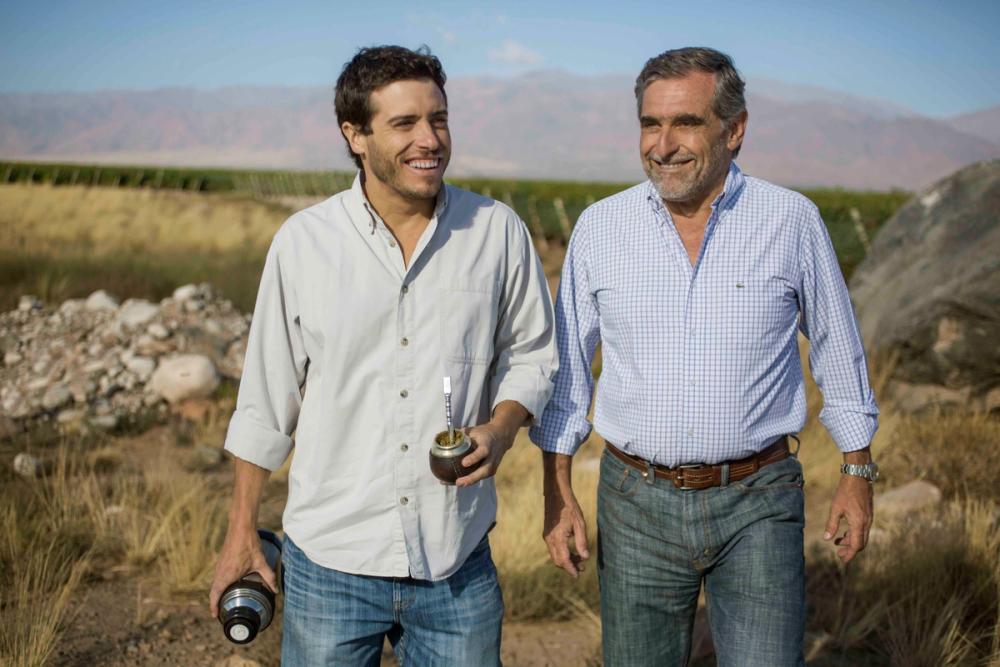
José Alberto Zuccardi and his son Sebastián have helped pioneer some of the big changes in Argentina with a focus on place, terroir and climate
The greatest challenges for Argentina over the years have been positioning and achieving its own identity in the international market. The existence of Malbec, a variety that was beloved and cultivated in the vineyards and then made its way to the market, after it adapted so well in our country, helped build recognition for Argentina. I believe that as we have consistently progressed and proven that we can make world-class Malbec, we have been able to overcome these obstacles.
Another major challenge is raising awareness of our different regions, our diverse terroirs. I believe this takes time because we need to explain the regions, show them, and welcome people to visit this unique geography we have at the foot of the Andes, with continental climate conditions, volcanic rocks and marine sediments that impact the alluvial soils in many of the areas where we cultivate. This whole process of evangelization, or education, is ongoing.
The markets where we are having most success are the United States, Brazil, the United Kingdom, Canada and The Netherlands; these are also the markets where Argentina has seen the most growth.
Laura Catena, Catena Zapata
There was a big bump in sales during the pandemic and we have seen some slowing for exports over the last year and a half like most other wineries in the world. Our sales in the luxury segment are stable.
I personally think the moderation trend, with many people going back to moderate drinking (while they were perhaps drinking more during the pandemic), is a good one. I am a medical doctor and I think it is important to emphasize moderate drinking, which is about one or 2 glasses per day, in the mediterranean pattern that involves no binge drinking. With this pattern, wine is either health beneficial (as shown in many cardiovascular studies) or at least health neutral.
The wine industry should be very invested in promoting only this kind of drinking pattern. There is a big randomised controlled study of wine and the mediterranean diet going on in Spain and I think it will provide many answers.
Daniel Pi, Bemberg Estate Wines

Bemberg Estate Wines' Daniel Pi is helping to raise Argentina's profile as a producer of super premium and icon wines
This is an issue more related to the several economic crises of Argentina in particular, and worldwide in general, than something related to the wine industry. As a result of the many restrictions to the import of goods such as oak, corks, bottles and the inflation, lack of financing, high working capital, increase in internal costs in US dollars, the production for export, especially in the lower tier and entry level wines, has suffered and we are not able to compete with our neighbours.
Globally, logistic costs of transportation (during and after pandemic) didn’t help as well. Now the situation is getting better but we are still not arriving at the pre pandemic costs.
So, in the entry level category of wines, I see many wineries shipping wine in bulk to be bottled in Europe (France, Spain or UK) and the US to reduce logistics costs. As an industry, we must move to more premium, super and ultra-premium segments for bottled wines from our country.
Victoria Mingo, business director, Bemberg Estate Wines
In general, the global wine market is facing multiple challenges: volume declines in mature markets (specially France and Italy), an over reliance on older drinkers and issues related to climate change. However, there is opportunity with consumers who are becoming more engaged with higher spend confirming that the premiumisation trend continues and premium wines and above are gaining share.
Last year, Argentina exported 26.1% less wine (2m hectolitres) than in 2022. In value terms, exports fell 19.8% to U$646.44m (source OIV). With high inflation, volatile exchange rates and lack of free trade agreements Argentina has been suffering over the last two years (producers had to pay 5% of invoices in tariffs).
The new government's economic policy brings hope to revert and improve results, inflation has cooled down, and we do not have to pay export tariffs.
In our case, for Bemberg Estate Wines, as we are playing in a niche luxury icon andultra-premium segment and we are successfully performing both in our domestic market and export markets such as the US, UK, Netherlands, Japan, and China (the reopening of the on-trade in 2023 benefited premium and above wine sales). We believe we have a balanced share between exports and domestic allowing us to grow our business every year.
Salentein on…
Matías Bauza Moreno, Salentein’s PR and marketing director for luxury wines also gives his responses to the topics and issues covered in the first part of The Buyer’s special producer report.
What would you say have been the major advancements in Argentine viticulture and winemaking over the past 10 years?
Over the past decade, Argentine viticulture and winemaking have seen remarkable advancements. We’ve developed a deeper understanding of terroir through detailed studies of climate and soils, as well as the adoption of precision viticulture. This has allowed our wines to genuinely reflect the identity of their origin.

Increased focus on biodiversity has had a big impact on Argentina and its producers
Argentina has presented the world not only a richer expression of Malbec but also exceptional versions of varieties such as Chardonnay, Cabernet Franc, Cabernet Sauvignon, and Pinot Noir. In particular, the Uco Valley in Mendoza has experienced significant evolution in its winemaking approach.
At Bodegas Salentein, we’ve spent the last 10 years meticulously studying soils and microclimates, ensuring that each wine tells the story of its origin. From the Uco Valley as a whole, to specific areas like San Pablo, and even individual plots within our vineyards, all with a strong commitment to quality and sustainability.
There’s been a strong focus on making wines true to their place of origin. Where do you think Argentina stands in achieving this?
Argentina has made significant strides in this direction, but it’s only the tip of the iceberg. There’s much more to discover and refine. We’re at an exciting stage of rediscovery and authenticity. The Uco Valley, in particular, offers immense potential across its diverse sub-regions, such as the Geographical Indications.
This presents an ongoing challenge: continuing to research and explore these terroirs in depth to uncover new areas capable of producing exceptional wines.
At Salentein, we believe that a wine should be a pure expression of its origin, a sensory journey that transports the consumer directly to the Uco Valley, or to smaller areas like the IG of San Pablo, a privileged zone due to its high altitude, cold climate, calcareous and gypsum-rich alluvial soils, and optimal humidity. We practice sustainable agriculture and pay obsessive attention to detail in winemaking, producing wines that not only reflect a place but also celebrate it.
Are you seeing a greater variety of grapes being planted, and more diversity in terms of the grapes being used?
At Bodegas Salentein, we’re leading an exploration into the diversity of varieties planted in the Uco Valley. While Malbec remains our flagship, we’ve taken innovation a step further by planting new varieties like Semillon, Garnacha, and Riesling, in addition to being pioneers in planting varieties like Gewurztraminer, at varying altitudes between 1,200 and 1,700 meters above sea level in our vineyards in IG San Pablo, which offers ideal conditions for these varieties.
This approach not only responds to changing climatic conditions but also allows us to capture the essence of our terroir in each bottle.
* You can read part one of this report on The Buyer here.
































